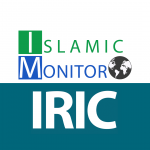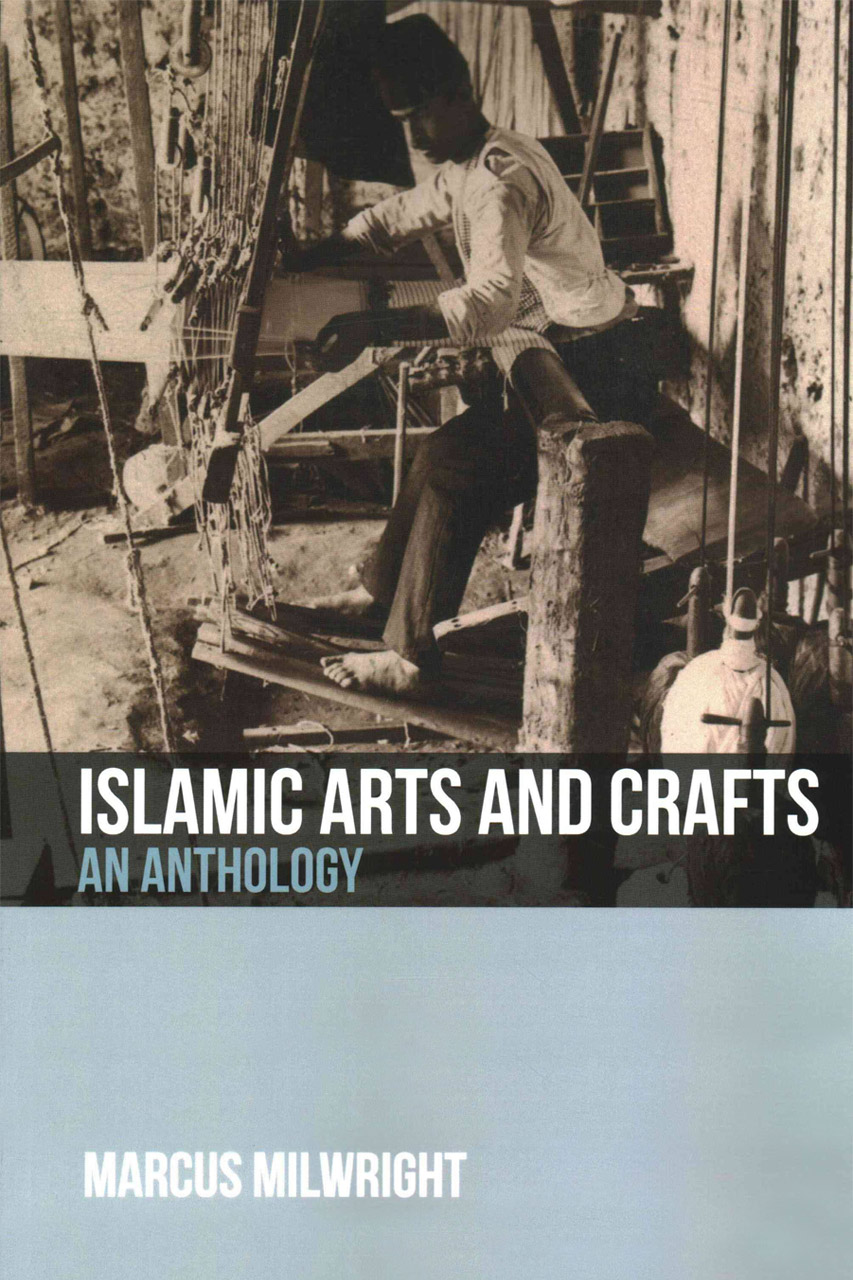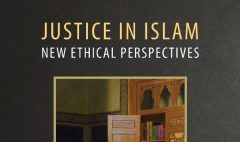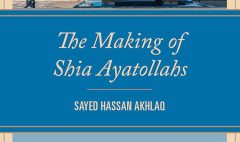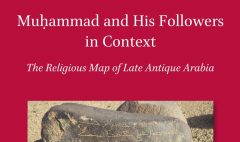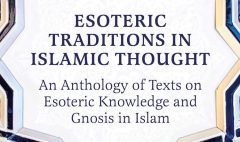Islamic Arts and Crafts: An Anthology
June 16, 2017 2023-10-08 8:45Islamic Arts and Crafts: An Anthology
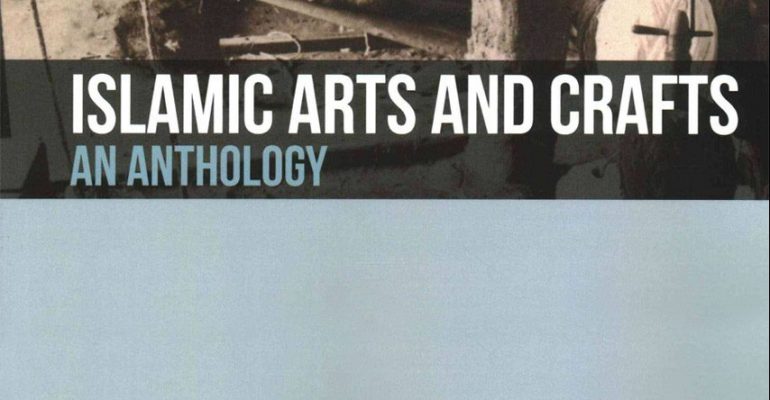
Islamic Arts and Crafts: An Anthology
By Marcus Milwright
Publisher: Edinburgh University Press (21 Feb. 2017)
A primary sourcebook for the study of traditional art and craft practices of the Islamic world
Islamic art is justly famed for its technological sophistication, varied approaches to ornament, and innovative employment of the written word. But what do we know about the skilled artisans who spent their lives designing and creating the paintings, objects and buildings that are so admired today?
This anthology of written sources (dating from the seventh to the twentieth centuries) explores numerous aspects of the crafts of the Middle East from the processing of raw materials to the manufacture of finished artefacts. You will learn about: the legal and ethical dimensions of the arts and crafts, the organization of labor in urban and rural contexts, the everyday lives of artisans, the gendered dimensions of making things, and the impact of industrialization upon traditional methods of manufacture. Each chapter begins with an introduction providing a wider context for the primary sources. There are also suggestions for further reading.
Key Features:
- Provides a clearly structured means to study descriptions of techniques employed in the arts and crafts and of the lives of artisans (male and female) in the Islamic world from the seventh to the twentieth centuries
- The primary sources address the interests of students in a wide range of disciplines, including art history, archaeology, anthropology, and ethnography
- New translations are presented of significant primary accounts written in Arabic, German, and French
- Illustrated with maps, plans and images of Islamic arts and crafts
About the Author
Marcus Milwright is Professor of Islamic Art and Archaeology in the Department of Art History and Visual Studies at the University of Victoria, B.C., Canada. He is the author of The Fortress of the Raven: Karak in the Middle Islamic Period (2008), An Introduction to Islamic Archaeology (EUP, 2010) and The Dome of the Rock and it Umayyad Mosaic Inscriptions (EUP, 2016).
Table of Contents:
- Part 1: Foundations
1. Theoretical Formulations
- Part 2: Human Dimensions
2. The Organisation of Labour
3. Rituals, Songs and Poems
4. Biographical Information
5. The Lives of Artisans and Artists
- Part 3: Resources
6. Raw Materials
I: minerals
7. Raw Materials
II: plants
8. Raw Materials
III: animals
9. Mining and Metal Preparation
10. City Descriptions
- Part 4: Inorganic Media
11. Copper
12. Iron and Steel
13. Other Metals: Gold, Silver and Tin
14. Pottery
15. Glass
- Part 5: Organic Media
16. Wood
17. Basketry and Matting
18. Leather
19. Spinning, Bleaching and Dyeing
20. Weaving
21. Rugs, Carpets and Felt
- Part 6: Writing and Painting
22. Papyrus and Paper
23. Calligraphy
24. Painting
- Part 7: Architecture and Engineering
25. Building Techniques
26. Vaulting and Architectural Decoration
27. Engineering
- Part 8: Economic Considerations
28. Recycling and Repair
29. Crafts in an Age of Competition and Change
Reviews
– “Marcus Milwright’s comprehensive book brings a welcome renewed focus on diverse artisans, techniques, and materials of Islamic arts. Scholars and students alike will benefit from the thoughtful introductory essays and a rich array of primary sources representing a vast chronological and geographic scope, which illuminates key issues in the field today.” (Glaire D. Anderson, University of North Carolina at Chapel Hill)
Source: Edinburgh University Press

